









Welcome to the next edition of CANNATALK. In this edition, we provide information about an exciting new product CANNA is releasing – CANNA CALMAG Agent. We’ll discover what RHP means to the grower, we’ll go in-depth for some water quality issues, look into cucumbers in the Grow it Yourself series and have a look inside CANNA research.
If you have questions or would prefer more personalised information for your garden, send them to the question section at www.canna.com.au or www.canna.co.nz and our professional staff with extensive knowledge will be happy to answer.
Happy Gardening!
An exciting new CANNA product is making its way to a store near you! It optimises your base water for the best results on COCO substrate(s).


With more and more people using Reversed Osmosis water on COCO substrates, we have created thé solution to your soft water problems: CANNA CALMAG AGENT.
Available now from all leading hydroponic shops. Buy a bottle and try it for yourself today.




There is complex chemistry occurring within the divalent calcium and magnesium ions when applying Reverse Osmosis (RO) water to a COCO substrate. With careful control, growers can address the plants’ needs correctly, without over-application of calcium and the resulting decrease in phosphate nutrient ions’ availability to the plant.
Because of the different quality of tap water in Australia and New Zealand, we have designed a water conditioner and pH stabiliser for your COCO substrate in the form of CANNA CALMAG AGENT.

Our agent ensures a balanced amount of calcium and magnesium, specially designed to add to your nutrients. This product will

increase the EC value of the water you use, stabilising the water for your plant to feed on. It makes water harder and will create the best base water for your plant to be able to take in all the nutrients it needs, to grow healthy and strong on a COCO substrate.
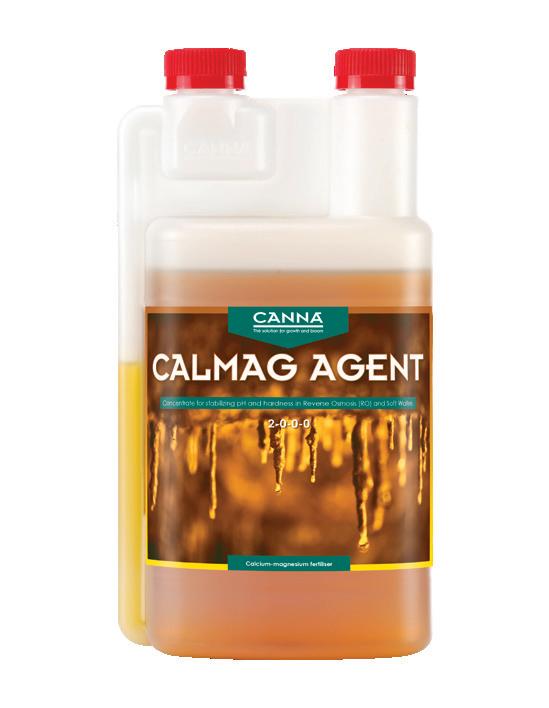
Benefits of CANNA CALMAG AGENT:
• Perfected for use on CANNA COCO substrate
• Stabilises the EC of your water
• Fewer deficiencies in calcium and magnesium
• Increased nutrient uptake
• Stronger plants
• Stimulates better quality flowers
• Increases the EC of your water


A medicinal plant can be defined as a plant that has properties to improve or maintain health. They have been identified and used for thousands of years, with a number of disiplines that specialise in the use of medicinal plants including Chinese medicine, Ayurvedic medicine, Aromatherapy and Homeopathy. There are over 50,000 plants with known medicinal properties and many can be grown in the home garden. These plants contain compounds such as terpenes and polyphenols which are used by the body for relief of almost
any condition if used correctly. Used in their natural form these plants should have no adverse reactions. In concentrated form they should be supplied by a qualified professional.

These medicinal plants can be used in many forms and are used mostly as a preventative for a range of ailments for all parts of the body – treating everything from headaches to a sore toe. Check them out for a natural approach to good health.
From top: Ginseng, Echinacea, St John’s Wort, Chamomile.
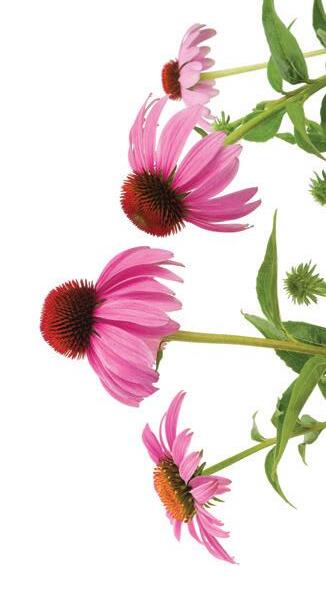



Eaten and enjoyed all around the world, the cucumber can probably lay claim to the title of “King of Cool”. The Steve McQueen of the salad world. But as slender and succulent as the cucumber might be, it has never quite been able to shake off the associations of its – frankly – phallic form. It’s probably an association the cucumber can live with, though. Nothing is a problem when you’re as cool as a cucumber.

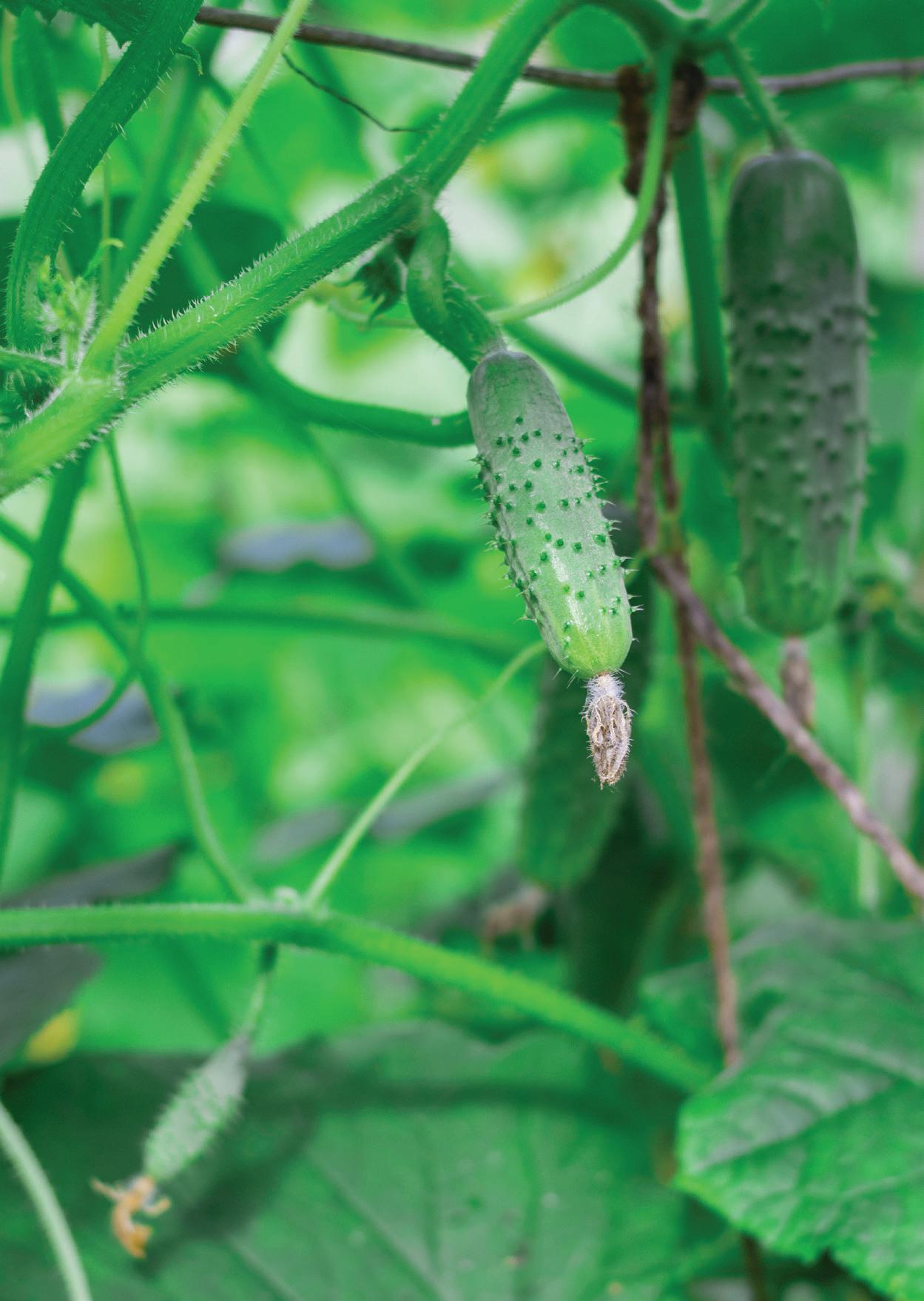
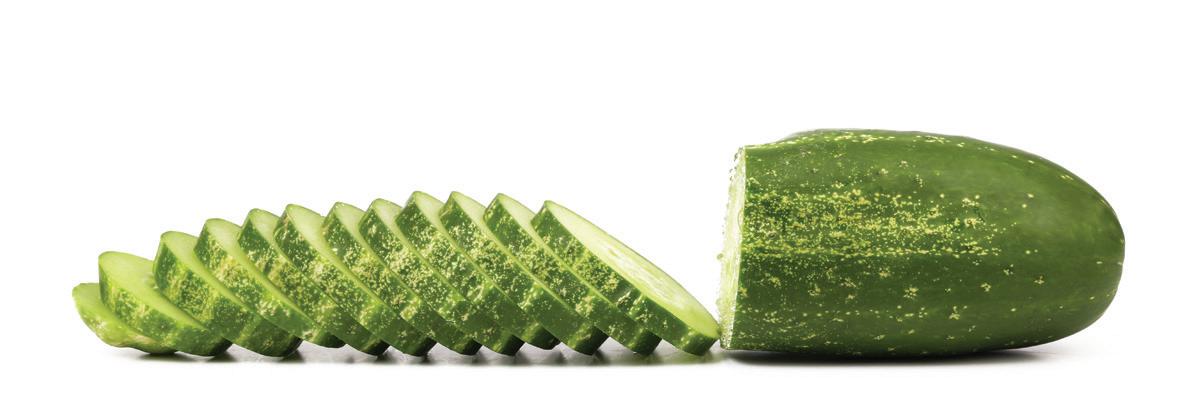
In ancient Rome, wives who wished for children wore cucumbers around their waists. Maybe the idea was that the sight of the vegetable might inspire their spouses to achieve great things in the bedroom!
The cucumber has been one of mankind’s delicacies since the beginning of time, it seems. Originating in India, its popularity spread quickly all over the world. Cucumbers are mentioned in the legend of Gilgamesh – an Uruk king who lived around the year 2500 BC in what is now Iraq and Kuwait. Approximately 3,300 years later, cucumber cultivation spread to parts of Europe. In 900AD the existence of this fruit (which is often thought of as a vegetable) was first recorded in France, where Charlemagne grew it in his garden.
It was not until the time of the European colonists that cucumbers finally appeared in North America in the 1500s.
The melon family
The most well known cucumber is the long, dark green, smooth-skinned variety Cucumis sativus, which we find in most grocery stores. But cucumbers actually come in a wide variety of colours, sizes, shapes and textures. You can find white, yellow and even orange-coloured cucumbers, and they can also be short, slightly oval or even spherical in shape. Their skin can be smooth and thin, or thick and rough. But all shapes and sizes of cucumber belong to the botanical plant family called Curcubitaceae, a large family that includes melons and squashes.

While there are literally hundreds of different varieties of Cucumis sativus, virtually all of them can be divided into two basic types: those for slicing and those for pickling. Slicing cucumbers include all the varieties that are cultivated for immediate consumption while they are still fresh. These varieties tend to be fairly large, with thicker skin. Their size makes them easier to slice, and their thick skin means they can be transported easily.
Pickling cucumbers, on the other hand, are cultivated not for immediate consumption, but – as the name suggests – for pickling. There are two basic types of pickles: fermented and non-fermented. Fermentation is the process of allowing the fresh cucumbers to soak in a solution – typically brine: water that has a very high salt content. In fact, the word ‘pickle’ actually comes from the Dutch word ‘pekel’, meaning brine. As well as salt, pickling brines often contain other ingredients, including vinegar, dill seed, garlic and lime. Non-fermented pickles rely on the addition of vinegar or some other acidic solution to prevent spoilage. ‘Quick pickling’, using just vinegar, can be accomplished in a matter of days. Pickling by fermentation usually takes a minimum of a few weeks.


Cucumber plants naturally thrive in both temperate and tropical environments, and generally require temperatures between 15°C-33°C. This means they are native to many regions of the world.
For the best tasting fruit and optimum yields, grow plants in a sunny spot and in warm, fertile and well-drained soil that is rich in organic matter. Raised beds are ideal. Cucumbers require a soil pH between 6.0 and 7.0. Seeds should be sown or transplants set out only when all risk of frost has passed and the soil has warmed to at least 15°C. An unexpected frost will kill your plants, whilst the vines will grow slowly and suffer from more stress in cooler conditions. You can start seeds indoors three to four weeks before your anticipated planting date outside. Be careful not to disturb the roots when transplanting.
(continued on page 17)





Over the last 10 years, as demand for their products and services increases, the business has expanded. In 2020 it continues to grow, to include South Pacific Hemp.
South Pacific Hemp is Canberra’s only dedicated hemp retail store specialising in Australian-made hemp products. Their aim is to ensure customers’ needs and personal health requirements are met, with integrity and enthusiasm.
South Pacific Hemp stocks a wide range of hemp products including hemp seeds, cold pressed hemp oil, protein powders, hemp skin care, even pet bedding and treats.




Available now from your local CANNA Dealer. To find a store near you please use the store locator at www.canna.com.au/user/ dealersearch




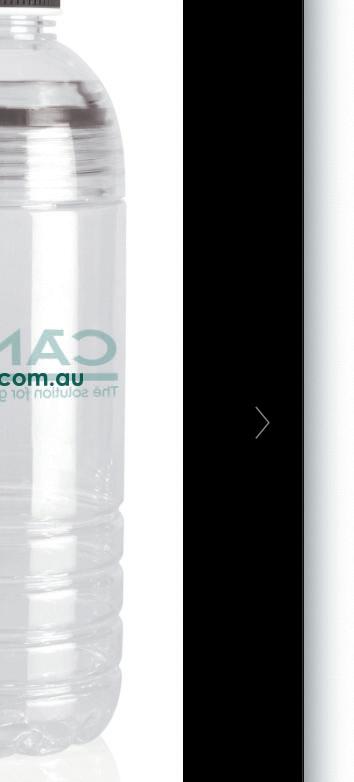
(continued from page 13)
Fertilise
Cucumbers thrive in light, friable soil. Several inches of organic matter worked into the soil prior to planting will help achieve that goal. The cucumber plants are heavy feeders, so be sure to feed the soil with rich compost or aged manure. After the vines have developed runners and the first flowers have appeared, follow up with a side dressing of compost, aged manure, or organic fertiliser. If the leaves become yellowish, the plants need more nitrogen. Make plenty of room. Giving your plants the space they need is also essential if you want them to thrive. Grow trellised plants 6 to 7 inches apart. Hills with one or two seedlings should be spaced about 3 feet apart, with the rows 4 to 5 feet apart.
Cucumbers are thirsty
Keep your plants well watered, especially around the time the plant is flowering and fruiting. Any water stress during this period of rapid growth will cause an increase in the amount of bitter-tasting compounds in your fruit. Cucumbers are vigorous growers and therefore need between 12 to 25mm of water per week, depending on the weather and the characteristics of your soil. The key is to keep the soil slightly moist at all times. You should water deeply about once or twice a week, or more often if you’re gardening in sandy soil.




• Use a trellis, such as a wire tomato cage, to increase the leaf-to-fruit ratio of your cucumbers. This will increase your yield of flawless, flavourful fruits and make them easier to pick.
• To further increase your yields, mulch beneath the cucumbers with organic material.
• Make two plantings a month apart to extend your harvesting season, and try to plant different varieties. If you experience super-hot summers, grow a second crop in early fall, using row covers.
• If you’re planning crop rotations, note that cucumbers often do well following cabbage-family crops.
Maybe cucumbers have not received as much press as other vegetables in terms of their health benefits, but this widely cultivated fruit does in fact provide us with a unique combination of nutrients.
Cucumbers have valuable antioxidant and anti-inflammatory benefits. They are a valuable source of conventional antioxidant nutrients including vitamin C, beta-carotene, and manganese. In addition, cucumbers contain numerous flavonoid antioxidants, including quercetin, apigenin, luteolin, and kaempferol.
Cucumbers are also an excellent source of anti-inflammatory vitamin K and the enzyme-cofactor molybdenum. They contain plenty of free radical-scavenging vitamin C, and potassium and magnesium which are essential for cardiac health. They give you bone-building manganese, energy-producing vitamin B5 and the silicon, which is vital for the health of your nails.
Stay cool with this easy-to-prepare summer salad. One serving provides 46% of your daily recommended intake of vitamin C and 52% for vitamin A.
Ingredients:
• 1/2 medium red onion
• 1 medium clove garlic
• 1 medium cucumber
• 1 medium tomato
• 1 medium red bell pepper
• Some feta cheese
• 6 olives, cut into halves or quarters
• A squeeze of fresh lemon juice

The most reliable way of measuring the nutrients present in coco or peat based potting mixes is to use the 1:1.5 extraction method, which can be used to determine the root environment’s EC and pH. The EC and the pH of the drainage water will normally vary because substrates are capable of holding back a number of elements or even refusing them. It is best to carry out a 1:1.5 analysis after three to five weeks.

by
The easiest way to make this analysis is to follow the plan given below step by step:
1. Take a substrate sample. This can be done with a ground drill or a spoon Take the substrate from a large number of different places to ensure that the sample is representative.
2. Put the sample in a bowl and determine if it is moist enough. This is done by squeezing some substrate in your hand; if moisture comes out it is OK. To increase the sample’s moisture content add distilled water. Mix the substrate well after adding water.
3. Take a 250ml measuring jug and fill it with 150ml of distilled water. Add substrate to bring it to 250ml, mix it well and leave it for at least 2 hours.
4. Mix it well once again and measure the pH. Filter the mixture that you now have and measure the EC. Target values for the EC are between 1.1 and 1.3 and for the pH between 5.8 and 6.2.


'Hard' or 'soft' are terms used to describe the quality of many water sources. Hard water has a high mineral content, usually originating from magnesium, calcium carbonate, bicarbonate or calcium sulphate, which can cause hard white lime scale to form on surfaces and growing equipment.
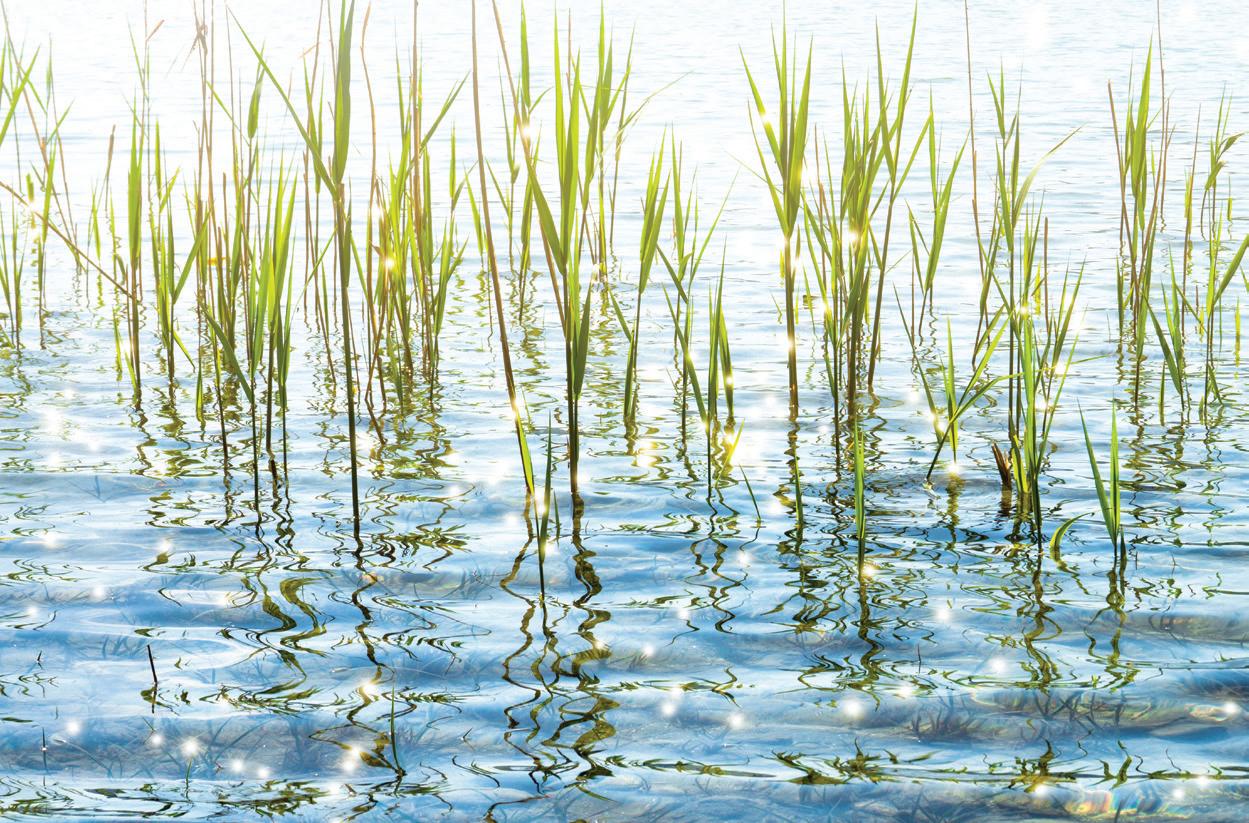

Hard water may also have a high alkalinity and high pH, meaning that considerably more acid is required to lower the pH in the hydroponic system to ideal levels.
Hard water, soft water, bad water... what’s the difference? Anything dissolved in water, can and will react with other elements added to the water, or with anything it comes into contact with. Hard water is an issue for cleaning, for equipment, and increases the chemical activity of the water especially where pH is concerned – it is often considered healthier. Typically it comes from ground water that has been exposed for longer periods to mineralbearing rock. Well water is a prime example.




Soft water, on the other hand, allows soap to foam up and work better, has less issues for equipment, and provides more of a blank slate in chemical reactions – studies have shown a correlation between soft water and health issues including cardiac disease. Typically this comes through surface water, rivers, streams, and lakes that have not been exposed to mineral-bearing rock formations for long periods. It can also be composed of treated water where most ions have been removed or replaced by single valance atoms, such as sodium, from water softening equipment.
Bad water is bad water, whether it’s because it has a high salt content, or contains undesirable chemicals. It can be found anywhere – particularly in industrial areas, intense agricultural regions and close to bodies of salt water. This has no bearing on water hardness.


Figure 1: The EC value can’t tell you about the quality of your water. Sometimes hard water with an EC of 0.5 may still be high quality water, while other water with the same EC could be bad or even very harmful to your plants because it contains the wrong salts and chemicals.
Do not confuse ion or salt concentration with hardness or softness of water. Hardness is a function of multivalent ions like Ca2+ and Mg2+ not monovalent ions like Na+ or Cl+.
Monovalent ions also show up in the Total Dissolved Solids (TDS) of a solution, so it is possible to have a TDS of 450 mg/L (1 ppm = 1 mg/L), derived from adding table salt to distilled water, but have soft water.
There is no direct correlation between TDS or EC (electrical conductivity) and water hardness unless it is known with certainty that all EC derives exclusively from Ca, Mg or other positive multivalent metallic ions. Sugar water has EC but no hardness. Water softeners work this way by displacing the problem ions calcium and magnesium with sodium ions. The EC stays the same or increases but the water goes from hard to soft – not a good thing for plants.
Happy Gardening.
by Ian Panelo









Research is our mantra. Ever since founding in The Netherlands in the early 90s, all our award-winning products are scientifically proven first, before releasing them into the market. We are synonymous with the highest quality nutritional products and growing media.
An excellent example showcasing our scientific testing is the new CANNA CALMAG AGENT. The product already existed in other overseas markets. An additional two years of testing was performed for the Australian market, to tailor the formula to the specific needs of the New Zealand and Australian hydroponic grower.
Now in a new state-of-the-art facility located in Holland, we have over 600m² of dedicated research areas, field-trial testing sites and a comprehensive analytical laboratory. CANNA Research has more than 20 full-time staff working intensively. From new product development to testing, honing and perfecting CANNA products to ensure everyone, including inexperienced growers, achieve outstanding results.
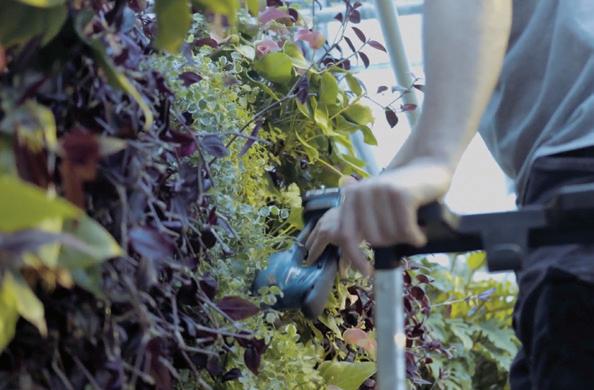

Q: CANNA Best-before dates: what do they mean?



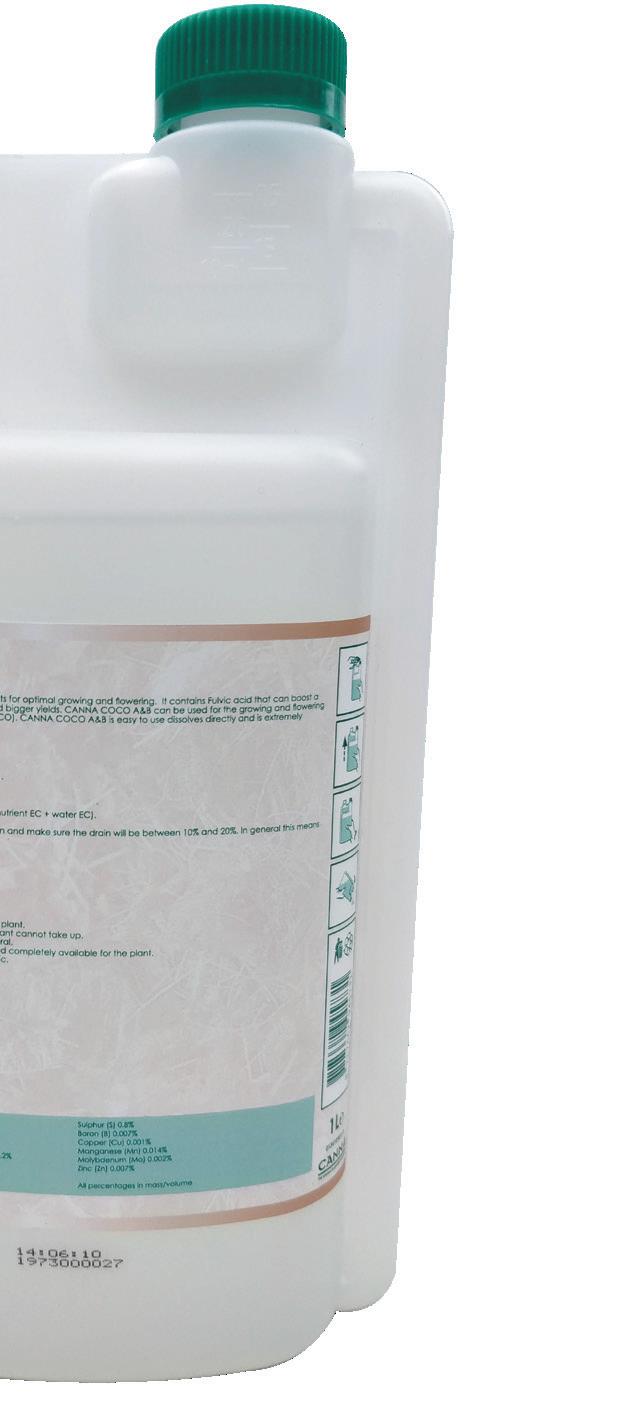
All CANNA products on the market have been fully researched, extensively tested and subjected to constant experimentation, ensuring their quality and performance is optimal for plant growth. Because of this research prior to release, the formulas have not needed to change for many years.
CANNA guarantees the quality of all its nutrients if they have not passed the best-before dates. This is reliant on a number of factors, including how the bottles have been stored during transport and in stock. However, this doesn’t mean that the products cannot be used with success after the best-before dates – they are just an indication for your convenience.
Happy Gardening.

